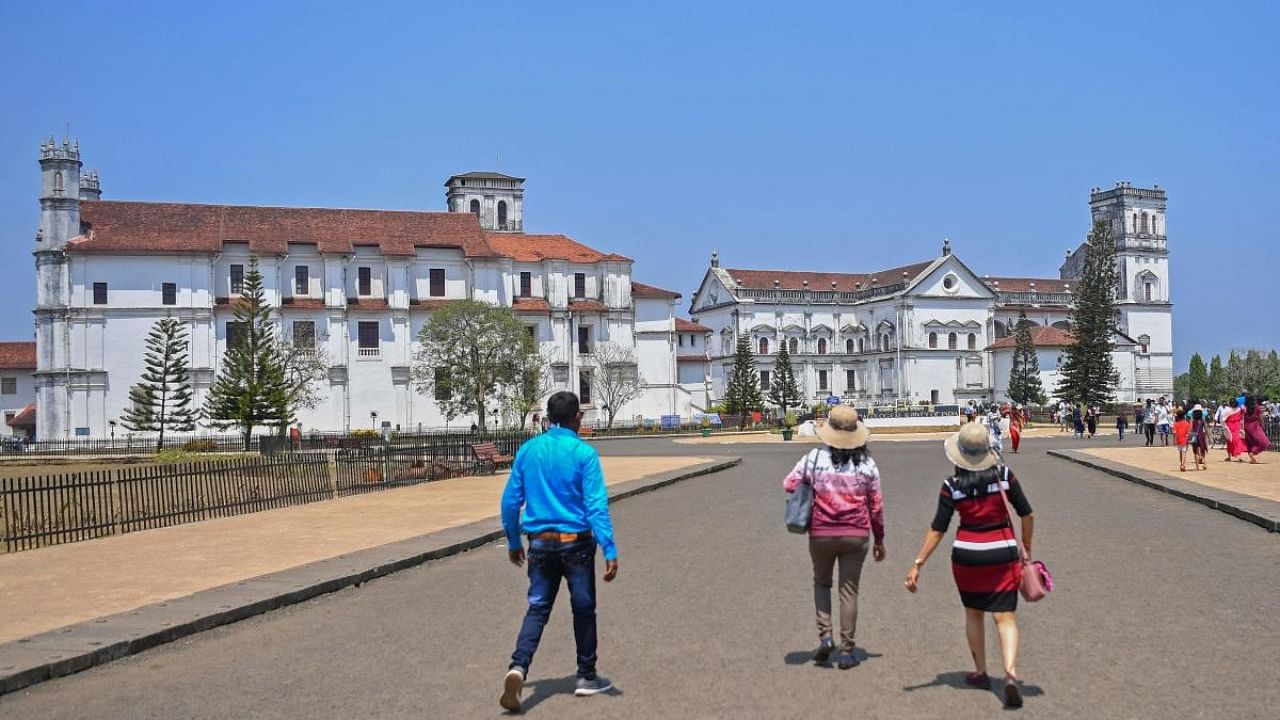
The Roman Catholics of Goa, Kumta and Mangalore regions are the remnants of very early lineages of the Gaud Saraswat Brahmin community, a multidisciplinary study involving historical, anthropological and genetic information has concluded.
The study by researchers from CSIR-Centre for Cellular and Molecular Biology, Hyderabad and DST-Birbal Sahni Institute of Palaeosciences (BSIP), Lucknow has also found consequences of Portuguese inquisition in Goa on the population history of Roman Catholics. They also found some indication of Jewish component.
The Roman Catholics are a distinct ethno-linguistic population group from the west coast of India, whose origin is much debated. While some historians and anthropologists relate them to the ancient group of Gaud Saraswat, others believe they are members of the Jews Lost Tribes in the first century migration to India.
To settle the question of their origin and genetic history, CCMB and BSIP, cooperated by investigators from the Mangalore University, Canadian Institute for Jewish Research, and Institute of Advanced Materials, Sweden, took up the first such genetic study of the western India's Roman Catholics.
The DNA of 110 persons from the Roman Catholic community of Goa, Kumta and Mangalore was analyzed and the researchers compared their genetic information with previously published DNA data from West Eurasia and that of about 350 ethnic groups of India. They then put this information alongside archaeological, linguistic and historical records.
These examinations helped the researchers fill in many of the key details about the demographic changes and history of the Roman Catholic population of South West of India since the Iron Age (until around 2,500 years ago), and how they relate to the contemporary Indian population.
“Our study has revealed that majority of the Roman Catholics are genetically close to an early lineage of Gaud Saraswat community, majorly with Indo-European-specific genetic composition,” said Dr Kumarasamy Thangaraj, chief scientist, CCMB, & Director, Centre for DNA Fingerprinting and Diagnostics, Hyderabad.
“More than 40 percent of their paternally inherited Y chromosomes can be grouped under R1a haplogroup. Such a genetic signal is prevalent among populations of north India, Middle East and Europe, and unique to this population in Konkan region,” Dr Thangaraj, the study's senior author, states.
Dr Niraj Rai, senior scientist, BSIP and co-corresponding author says that their study strongly suggests “profound cultural transformations in ancient South West of India.” “This has mostly happened due to continuous migration and mixing events of the last 2500 years.”
These findings were recently published in Human Genetics.
We are analyzing the nature of some of the population groups in Kerala, Dr Thangaraj told DH.